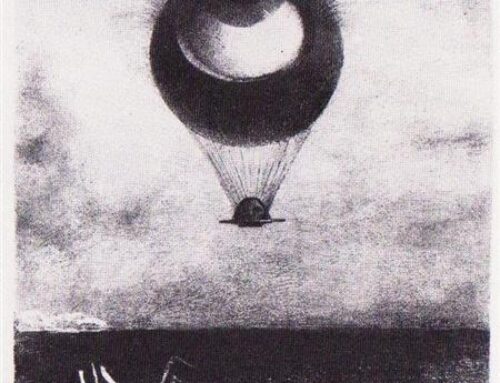The academic humanities have been beset by challenges over the past fifteen years: degrees awarded in most disciplines fell by more than 25%, colleges and universities shuttered departments and programs, and faculty hiring dropped to historically low levels. A new humanities department survey (HDS) demonstrates both the challenges the field faces today and the resilience of many departments in the face of those difficulties….
The disciplines of American studies and religion saw the largest declines in the number of institutions awarding degrees in these disciplines over that time period (17% and 16%), but classical studies and languages and literatures other than English also had substantial declines (9% and 10%). However, several disciplines, primarily those in social science–adjacent subjects, experienced increases from 2017 to 2022….
…[T]he estimated number of humanities faculty grew from 2007, when the first department survey was conducted, until 2020. Only in the most recent three years of data (from 2020 to 2023) has the BLS [Bureau of Labor Statistics] reported a significant (nearly 10%) drop in the number of humanities faculty….
For the first time in the four rounds of the HDS, the share of nontenure-track faculty in the surveyed disciplines exceeded 40%. When all disciplines in the survey were considered together, 46% of humanities faculty were found to be in nontenure positions (both full- and part-time), 42% were tenured, and another 13% were on the tenure track…. For instance, 74% of the history faculty members in the 2007 department survey were in tenure-eligible positions; by 2023 that share had fallen to 67%. In art history departments, the share fell from 70% to 63%….
For almost every discipline, the number of faculty leaving each year was at least modestly larger than the number of new hires….
Sorting the disciplines by median enrollment, history had the highest per department enrollment (420), followed by English (371), musicology (369), and anthropology (363). All but one of the other disciplines had median enrollments of 200 or more per department, with the lone exception of classical studies, which had a median of 184. Departments looking to benchmark their own departmental enrollments against their peers should (a) look to the medians as a better standard for assessing their own numbers and (b) consult the discipline profiles, which provide enrollment estimates disaggregated by institution type and highest degree…. The data reveal that departments in the largest disciplines (measured by faculty size) were most likely to have experienced a decrease in undergraduate enrollment….
Shifting the perspective from student enrollments to student majors surfaces a substantial difference between these two means of gauging the number of students served by a discipline’s departments. While undergraduate enrollments in communication departments were small relative to the other large and medium-sized humanities disciplines, the discipline accounted for the largest number of humanities majors and students earning bachelor’s degrees. The survey estimates that communication departments collectively had 128,290 juniors and seniors with a declared major in the discipline in fall 2023, and that they awarded approximately 56,700 bachelor’s degrees in the 2022–23 academic year. English, which had three times as many enrollments as communication (reflecting a much larger part of the general education curriculum), had a comparatively modest 91,490 majors and 43,080 bachelor’s degrees awarded….
Six of the 14 disciplines had medians with two or more majors for every one bachelor’s degree awarded: art history, history, classical studies, English, anthropology, and religion….
Slightly more than 70% of departments indicated that they were engaged in “outreach to/recruiting of students currently in other majors or who have yet to declare a major.”… A majority of the departments are also engaged in a variety of other strategies, such as offering “events, classes, or other activities designed to aid majors in thinking about future jobs or careers” and adding “high-interest introductory courses intended to attract students.”…
A final question asked chairs whether they were optimistic, pessimistic, or neither/not sure about the future of the discipline at their institution. In only linguistics (61%), musicology (60%), and race/ethnic studies (57%) did a clear majority of departments indicate that they were optimistic about the future of the discipline at their institutions. In none of the disciplines were a majority of departments pessimistic about their futures, but at least one-quarter of the departments in history, women’s/gender studies, LOTE, American studies, English, and philosophy expressed some pessimism about their discipline, with the largest share of pessimists found among history department chairs (38%).
H/t Rob Townsend
For other posts by Humanities Indicators, see here.






Leave A Comment